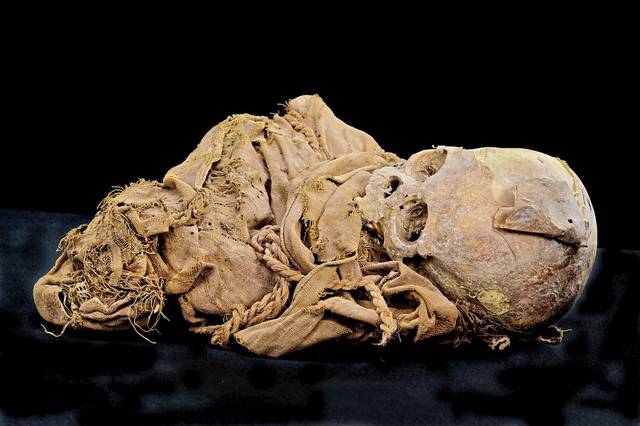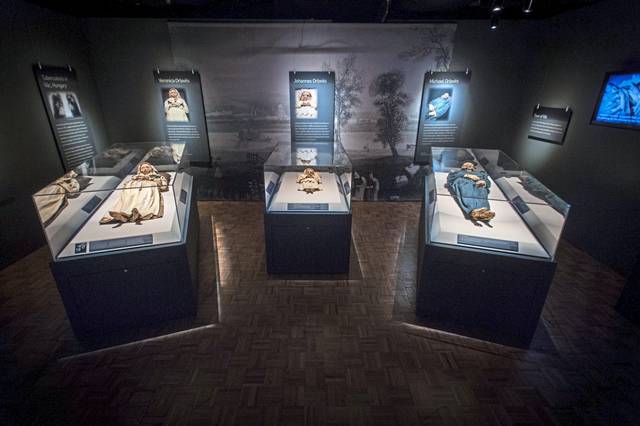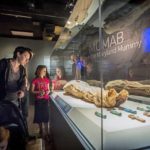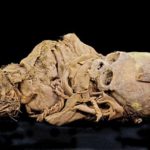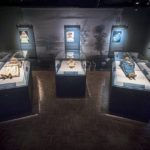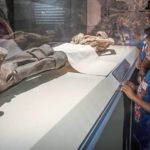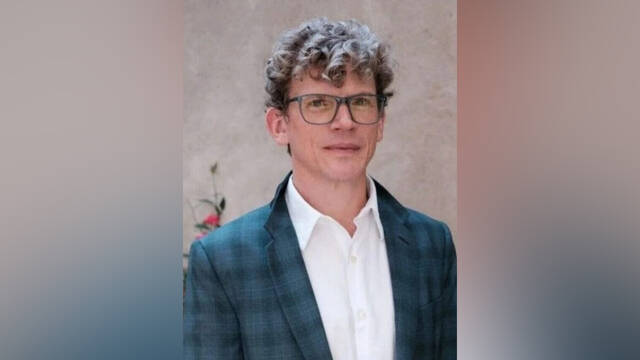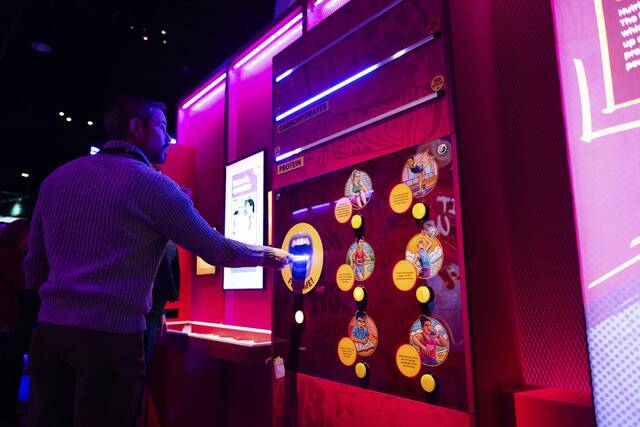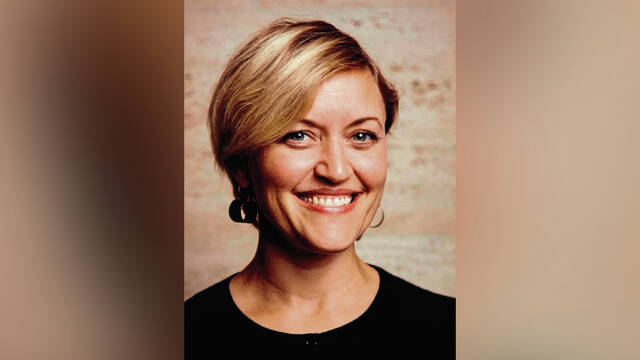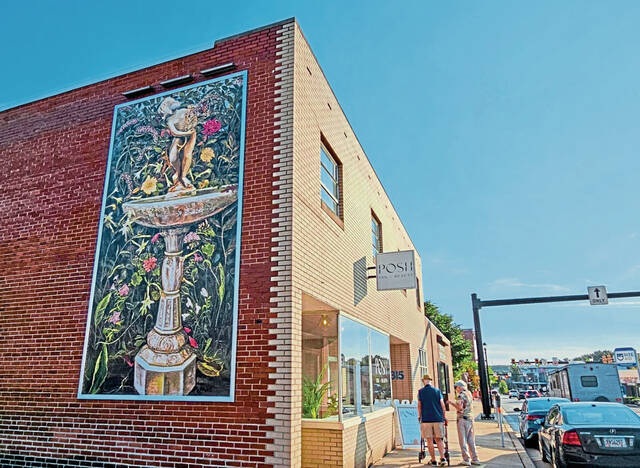Their faces have varying expressions.
Some have teeth. Hands are often crossed as they lie uncovered after being wrapped for years. They are young, old, middle-aged. Some appear to have been tall, while others were rather short. Some wear clothing while others are naked. Some appear lightweight, while others might have been heavy when alive, curators said.
They are the men, women and children whose stories are featured in “Mummies of the World: The Exhibition,” which opens Oct. 5 at the Carnegie Science Center on Pittsburgh’s North Side.
3️⃣ weeks until we unwrap this blockbuster exhibition!?
Get your #MummiesoftheWorld tickets now: https://t.co/3hKCg1uYgJ
Opening Oct. 5!? Thanks @TribLIVE @JHarrop_Trib! #pittsburgh #lovepgh #mummies https://t.co/hGEvlYCgKy— Carnegie Science Ctr (@CarnegieSciCtr) September 14, 2019
They arrived last week in a temperature-controlled truck, under heavy security. A traveling exhibition, “Mummies of the World” just finished a run at the Arizona Science Center in Phoenix, following stops in Budapest and Prague last year.
“This exhibition aligns perfectly with our mission, as these mummies provide a wealth of scientific, anthropological, archaeological, anatomical, medical and historical information,” said Jason Brown, the science center’s Henry Buhl Jr. interim director, at last week’s press conference.
The exhibit, which runs through April 19, 2020, features 40 human and animal mummies and 85 related artifacts from around the world. They come from 13 lenders.
Visitors can see a mummified family from 18th-century Hungary — Michael Orlovits, his wife Veronica and their 1-year-old boy, Johannes. They are among a group of mummies discovered in the Hungarian town of Vac in 1994. Many had died from tuberculosis, which wiped out entire families.
“It’s about the circle of life,” said Donna Westrich, general manager of “Mummies of the World: The Exhibition.”
Baron von Holz and Baroness Schenck von Geiern, buried in the family crypt in Sommersdorf Castle in Southern Germany, were found in 1806. Even though they weren’t embalmed, the bodies were mummified. The belief is that the mummification is from a constant flow of air that swept through the crypt.
Each of the baron’s bones was identified and studied. Researchers found he had an extra vertebra in his lower back. He also was dressed in high-quality leather boots.
“These are amazing boots,” said Kathy Leacock, director of collections at the Buffalo Museum of Science. “If you look at the bottom of them you see they were never worn in life. These were his death boots probably.”
The baron is remarkably well-preserved, Leacock said. And then she pointed to the baroness.
“Look at her stockings, which are extremely well-preserved,” said Leacock. “We found through CT scan she had a curvature of the spine. The science and research that goes into learning the stories of these individuals is amazing. We learn how they lived, how they died.”
The exhibit looks at mummification across time and place, said Leacock. She said people often think of Egyptian mummies — there are some – but this exhibit features mummies from all over the world.
A number of South American shrunken heads are on display. They came from people who kept the noggin of the vanquished enemy; the victor would make an incision, remove the skull, sew it up and boil it.
Egyptologist Robert Brier of Long Island University and Ronald Wade of the University of Maryland School of Medicine used replica tools and followed the same processes that ancient Egyptians used more than 2,000 years ago to create the first modern-day ancient mummy.
Apryl Peroney, science educator at the Carnegie Science Center, talked about “mummy unwrapping parties,” where Victorians held a social event where guests might take a piece of jewelry or something from the mummy, even a finger.
The exhibit also offers interactive sections where guests can find out what a mummy feels like.
Tickets are on sale now at carnegiesciencecenter.org.



